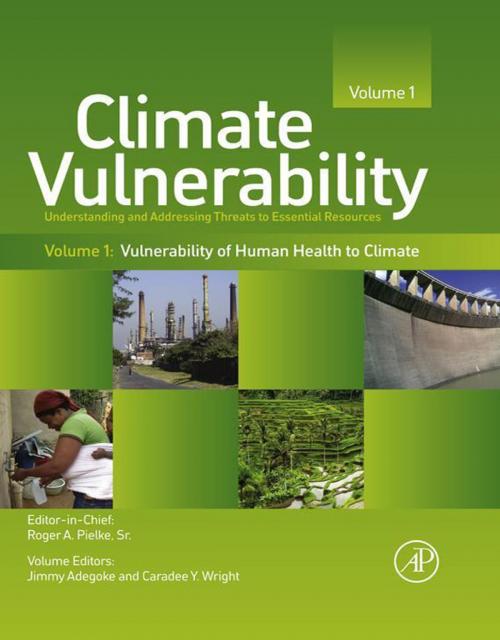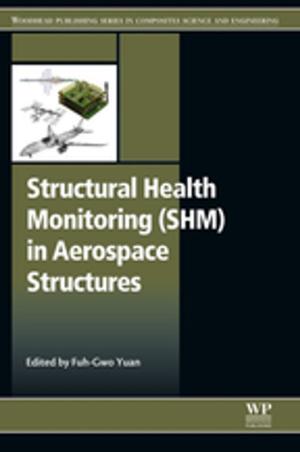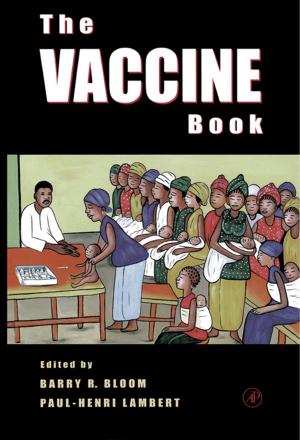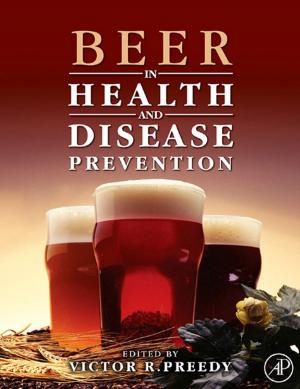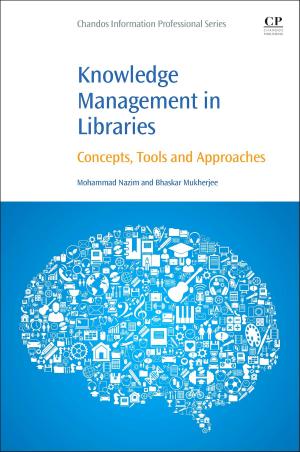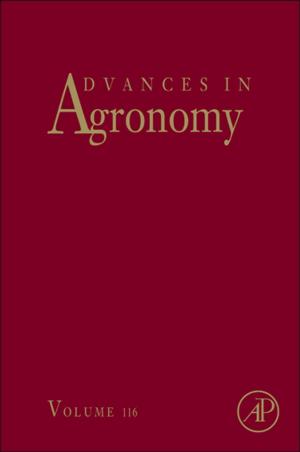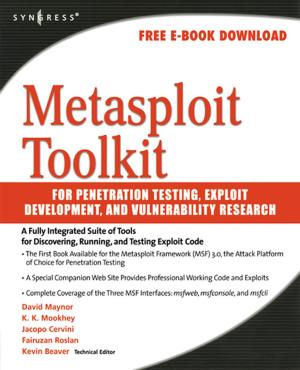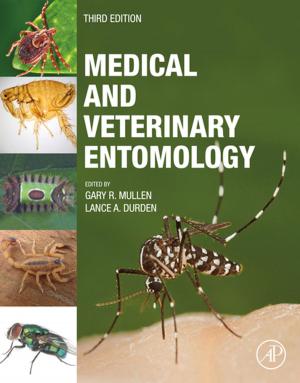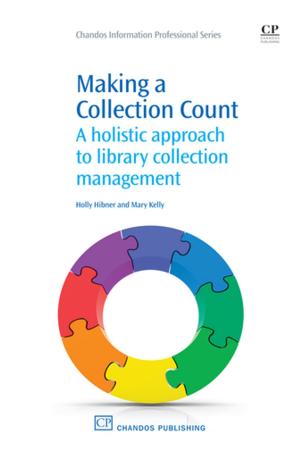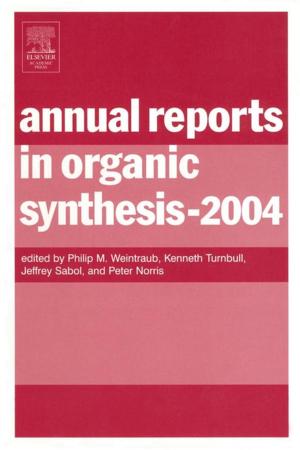Climate Vulnerability
Understanding and Addressing Threats to Essential Resources
Nonfiction, Science & Nature, Science, Biological Sciences, Environmental Science, Earth Sciences, Nature| Author: | Roger A. Pielke, Sr. | ISBN: | 9780123847041 |
| Publisher: | Elsevier Science | Publication: | March 15, 2013 |
| Imprint: | Academic Press | Language: | English |
| Author: | Roger A. Pielke, Sr. |
| ISBN: | 9780123847041 |
| Publisher: | Elsevier Science |
| Publication: | March 15, 2013 |
| Imprint: | Academic Press |
| Language: | English |
Climate change has been the subject of thousands of books and magazines, scientific journals, and newspaper articles daily. It’s a subject that can be very political and emotional, often blurring the lines between fact and fiction. The vast majority of research, studies, projections and recommendations tend to focus on the human influence on climate change and global warming as the result of CO2 emissions, often to the exclusion of other threats that include population growth and the stress placed on energy sources due to emerging global affluence.
Climate Vulnerability seeks to strip away the politics and emotion that surround climate change and will assess the broad range of threats using the bottom up approach—including CO2 emissions, population growth, emerging affluence, and many others—to our five most critical resources: water, food, ecosystems, energy, and human health. Inclusively determining what these threats are while seeking preventive measures and adaptations is atthe heart of this unique reference work.
- Takes a Bottom-Up approach, addressing climate change and the threat to our key resources at the local level first and globally second, providing a more accurate and inclusive approach.
- Includes extensive cross-referencing, which is key to readers as new connections between factors can be discovered.
- Cuts across a number of disciplines and will appeal to Biological Science, Earth & Environmental Science, Ecology, and Social Science, comprehensively addressing climate change and other threats to our key resources from multiple perspectives
Climate change has been the subject of thousands of books and magazines, scientific journals, and newspaper articles daily. It’s a subject that can be very political and emotional, often blurring the lines between fact and fiction. The vast majority of research, studies, projections and recommendations tend to focus on the human influence on climate change and global warming as the result of CO2 emissions, often to the exclusion of other threats that include population growth and the stress placed on energy sources due to emerging global affluence.
Climate Vulnerability seeks to strip away the politics and emotion that surround climate change and will assess the broad range of threats using the bottom up approach—including CO2 emissions, population growth, emerging affluence, and many others—to our five most critical resources: water, food, ecosystems, energy, and human health. Inclusively determining what these threats are while seeking preventive measures and adaptations is atthe heart of this unique reference work.
- Takes a Bottom-Up approach, addressing climate change and the threat to our key resources at the local level first and globally second, providing a more accurate and inclusive approach.
- Includes extensive cross-referencing, which is key to readers as new connections between factors can be discovered.
- Cuts across a number of disciplines and will appeal to Biological Science, Earth & Environmental Science, Ecology, and Social Science, comprehensively addressing climate change and other threats to our key resources from multiple perspectives
